What Is A 9mm Muzzle Brake? 💡
It is a device that attaches to the end of the barrel of a firearm chambered in 9mm caliber. Its purpose is to reduce recoil and muzzle rise by redirecting the gases generated when a round is fired.
Features 🚨
- Ported Design 🔍: A ported design refers to the presence of small holes or vents on the muzzle brake. These ports allow the gas to escape in different directions, effectively countering recoil and muzzle rise.
- Threaded Attachment 🧩: The muzzle brake typically has threads on the inside that allow it to be easily attached to the threaded barrel of a 9mm firearm. This ensures a secure and stable connection.
- Compact Size 📏: They are designed to be relatively small in size to maintain the overall compactness and balance of the firearm. They add minimal length to the barrel.
- Durable Construction 🔨: They are usually made from high-quality materials such as steel or aluminum to withstand the pressure and heat generated by the firearm. This ensures longevity and reliability.
- Recoil Reduction 🌬️: The primary function of a muzzle brake is to reduce recoil by redirecting the propellant gases. This feature allows for better control of the firearm and quicker follow-up shots.
- Muzzle Rise Mitigation ⬆️: They also help to mitigate muzzle rise, which is the tendency of the firearm’s barrel to lift upwards during firing. By redirecting the gases in a way that counters this upward force, the muzzle brake helps keep the firearm more stable
Types 🧲
| 📌 Compensator: | It is a muzzle device designed to reduce muzzle rise by directing the gases upward, countering the upward force. It helps the shooter maintain better control over the firearm during rapid fire. The vents or ports on a compensator are often angled to redirect the gases. |
| 📌 Flash Hider: | A flash hider is primarily designed to reduce the visible muzzle flash produced when firing a firearm. While it may not have as much recoil-reducing capability as other types, it still provides some benefits in terms of muzzle rise mitigation and redirecting gases. |
| 📌 Brake/Compensator Hybrid: | Some muzzle devices combine the features of a muzzle brake and a compensator into a hybrid design. These hybrids offer both recoil reduction and muzzle rise mitigation, providing a balance between the two functions. |
| 📌 Linear Compensator: | A linear compensator is designed to redirect the muzzle blast and noise forward, away from the shooter. It helps reduce recoil to some extent but focuses more on reducing the perceived sound and blast felt by the shooter and those nearby. |
| 📌 Multi-Port Muzzle Brake: | It has multiple vents or ports distributed around its circumference. This design disperses the gas and recoil forces in various directions, providing more effective recoil reduction and muzzle control. |
| 📌Side-Port Muzzle Brake: | It features vents or ports on the sides of the device. This configuration helps redirect the gases and reduce the felt recoil while minimizing the amount of muzzle blast directed toward the shooter. |
Advantages 🔥
| 🔦 Faster Target Acquisition 🎯: With reduced recoil and muzzle rise, a 9mm muzzle brake enables quicker target reacquisition between shots. The muzzle stays on target, allowing for faster and more accurate follow-up shots. This is particularly beneficial in dynamic shooting scenarios or competitive shooting events. |
| 🔦 Enhanced Shootability 💪: By reducing felt recoil and muzzle rise, a 9mm muzzle brake enhances the overall shooting ability of the firearm. Shooters experience less physical strain and fatigue, allowing them to shoot for extended periods with greater comfort and control. |
| 🔦 Improved Accuracy 🔍: The reduced recoil and muzzle rise provided by a muzzle brake contribute to improved accuracy. When the firearm remains more stable during firing, there is less disturbance to the shooter’s sight picture and alignment, resulting in more precise shots on target. |
| 🔦 Better Control During Rapid Fire 🚀: Muzzle brakes excel in reducing the effects of recoil and muzzle rise when firing in rapid succession. They enable shooters to maintain control and stability, making them highly beneficial in scenarios that require rapid-fire or multiple-target engagements. |
| 🔦 Training and Skill Development 🎓: Using a 9mm muzzle brake can aid in training and skill development. The reduced recoil allows shooters to focus more on their technique, trigger control, and sight alignment without being overly distracted by the effects of recoil. This promotes better shooting fundamentals and helps shooters refine their skills. |
Best 9 MM Muzzle Brake Reviews
1# Fortis Manufacturing Muzzle Brake
Looking for a muzzle brake that looks as good as it performs? Look no further than the Fortis Manufacturing Muzzle Brake. This brake is machined to perfection, with sharp lines that reflect the quality of the Fortis brand. Don’t be fooled by imitations – the Fortis Muzzle Brake is in a class of its own when it comes to performance. Installation is quick and easy, so you can be up and running in no time. Put more rounds downrange and on target with the Fortis Manufacturing Muzzle Brake.
2# Fortis Manufacturing Muzzle Brake
Looking for a top-quality muzzle brake that looks as good as it performs? Look no further than the Fortis Manufacturing Rapid Engagement Device, or RED. This military-grade muzzle brake has been thoroughly tested and evaluated by experts in the field and has been put to the test by members of the 3 gun community. The RED delivers superior performance under harsh full auto conditions and is now compatible with control shield technology. Keep your speed and accuracy up while putting more down range and on target with the Fortis Manufacturing RED.
3# Fortis Manufacturing Muzzle Brake
Looking for a muzzle brake that will take your shooting performance to the next level? Check out the new Fortis Manufacturing Muzzle Brake. This brake is designed to give you the best possible shooting experience, with unmatched performance and zero muzzle rise. So you can keep your speed and accuracy up, and put more down range and on target. If you’re serious about shooting, don’t settle for anything less than the best. Try the Fortis Manufacturing Muzzle Brake today.
4# Ultradyne Lithium PCC Compensator Muzzle Brake
If you’re looking for a muzzle brake that will allow you to stay on target with ease, the Ultradyne Lithium PCC Compensator Muzzle Brake is a perfect choice. Featuring aggressive comp ports and added recoil reduction, this muzzle brake will make follow-up shots a breeze. Based on our experience the gases are strategically vented so as not to obscure your sight path or travel back towards you. The Ultradyne Lithium PCC Compensator Muzzle Brake is also compatible with the Dynamount Sighting System for even more convenience. Finally, it’s constructed from 416 stainless steel with an ultra-rugged SB nitride coating for maximum durability.
5# VG6 Precision EPSILON Muzzle Brake
Looking for an edge when it comes to recoil management in your pistol caliber carbine? Look no further than the VG6 Precision EPSILON Muzzle Brake. This top-of-the-line muzzle brake/compensator/flash hider combo virtually eliminates muzzle movement, giving you the ultimate advantage on the range or in competition. Additionally, the three extended flash hiding prongs on the EPSILON 9mm help minimize muzzle flash, ensuring that you have an unobstructed view through your optics. With its many features and benefits, the VG6 EPSILON 9mm is sure to give you the edge you need to dominate the competition.
6# Midwest Industries Muzzle Brake
The Midwest Industries Muzzle Brake is a top choice for competition shooters. The large two-chamber design reduces muzzle climb, making it easier to stay on target. This muzzle brake is constructed from tool steel with a phosphate finish and includes a new crush washer. It’s a great option for 9mm/9×19 rifles with 1/2-28 threads.
7# Lantac Dragon Muzzle Brake
Equip yourself with the Lantac Dragon Muzzle Brake to gain more control over your shots on target. This hard-hitting muzzle brake is designed to reduce recoil effects and keep you on target for more accurate follow-up shots. The phosphate finish helps protect against corrosion and abrasion, while the Short Energy Pulse system minimizes muzzle rise for a precise shot every time.
8# Precision Armament Hypertap Muzzle Brake
The Precision Armament Hypertap Muzzle Brake is the most effective muzzle brake on the market. It reduces recoil by 84%, making it easier to shoot accurately and reducing the amount of gas blowback you experience. The Hybrid Baffle Design and advanced Convergent-Divergent port geometry make this brake unique, delivering unbeatable results.
9# JL Billet V.P.R. Muzzle Brake
JL Billet V.P.R. muzzle brake is designed to reduce recoil and muzzle flash, thanks to its vented port angles that dissipate gases out and up. Machined from 303 stainless steel for a high level of precision and durability, this muzzle brake has 1/2-28 threads for easy installation on your firearm.
10# Yankee Hill Machine Slant Muzzle Brake
The Yankee Hill Machine Slant Muzzle Brake/comp 6.8/7.62/9mm 1/2×36 Threads is the perfect choice for anyone in need of a high-quality muzzle brake or compensator. These components are designed to provide you with a great deal of consistency and reliability and are some of the most durable and dependable on the market today. Yankee Hill Machine has been a leading manufacturer of superior quality products for many years, and their experience and expertise shine through in this outstanding product.
11# Timber Creek Outdoors Muzzle Brake
Looking to add a little extra oomph to your 9mm pistol caliber carbine? Check out the Timber Creek Outdoors Heart Breaker muzzle brake. This bad boy is designed to reduce recoil and muzzle rise, making it easier for you to stay on target and get those precision shots off. It’s made of high-quality materials and finished in a sleek black cerakote, and you can trust that it’s built to last. So if you’re looking for better performance and improved accuracy, pick up a Heart Breaker today.
12# JMac Customs Muzzle Brake
The JMac Customs Muzzle Brake is the perfect accessory for your firearm. It is crafted from 17-4PH stainless steel and has a black nitride finish. The muzzle brake has 2 ports and a 9mm through bore. Using this product, our team found that it also features a detent notch. The weight of the muzzle brake is 1.34 oz. The mounting device is sold separately.
13# JP Enterprises 3-Port Compensator
If you’re looking for a high-performance compensator that’s designed to give you the edge over the competition, look no further than the J P Enterprises 3-Port Compensator. This compensator is tuned to match the performance of the company’s RE Series and provides flat shooting and neutral handling for fast and accurate follow-up shots. With its sleek profile, this comp is perfect for those who want a compact yet effective design. Get the performance you need to take your game to the next level with the J P Enterprises 3-Port Compensator.
14# Wilson Combat Muzzle Brake
Wilson Combat’s Q-Comp AR-15 muzzle brake is designed to minimize recoil and muzzle blast, allowing you to stay on target for faster follow-up shots. This brake is perfect for rapid-fire, delivering excellent recoil control without the harsh blast and flash that other devices exhibit. It also minimizes side blasts and concussions, making it a great choice for anyone who wants an extra edge in competition or when hunting.
15# Angstadt Arms Muzzle Brakes
The Angstadt Arms muzzle brake was designed to allow for quick attachment of sound suppressors without sacrificing flash mitigation and recoil management. Machined from heat-treated steel with a black finish, this muzzle brake is available in 1/2×28 or 1/2×36 thread pitch to fit most rifles.
Cleaning 🧽
- Gather the necessary supplies 🧹🧽: Collect the following cleaning supplies: a cleaning rod, patches, or cleaning swabs, a cleaning solvent or gun cleaner, a brush (preferably nylon), and a cloth or paper towel.
- Remove the muzzle brake from the firearm 🔧🔛: Unscrew the muzzle brake from the threaded barrel of the 9mm firearm. Be cautious not to damage the threads or any other parts of the firearm during this process.
- Inspect the muzzle brake for buildup or debris 🔍🧼: Examine the muzzle brake for any visible carbon fouling, dirt, or debris. Pay close attention to the vents or ports and ensure they are clear and unobstructed.
- Apply cleaning solvent or gun cleaner 🚿💦: Apply a small amount of cleaning solvent or gun cleaner to the brush or a patch. Ensure that the cleaning agent is suitable for use on the materials of the muzzle brake.
- Scrub the muzzle brake 🔄🧽: Gently scrub the inside and outside of the muzzle brake with the brush or the solvent-soaked patch. Pay special attention to the vents or ports and any areas with visible buildup. Use a back-and-forth or circular motion to dislodge the carbon fouling or residue.
- Remove loosened debris 🗑️: Wipe away the loosened carbon fouling and debris from the muzzle brake using a cloth, paper towel, or clean patches. Repeat the scrubbing process if necessary until the muzzle brake appears clean.
- Clean the vents or ports 🌬️🧹: Use a brush or cleaning swab to clean the vents or ports individually. Ensure they are free from any blockage or residue that may affect the proper functioning of the muzzle brake.
- Dry and inspect 🌞🔍: Allow the muzzle brake to air dry or use a clean, dry cloth or paper towel to wipe away any remaining cleaning solvent or moisture. Inspect the muzzle brake again to ensure it is thoroughly clean and free from debris.
- Reinstall the muzzle brake 🔙🔩: Once the muzzle brake is completely dry, carefully screw it back onto the threaded barrel of the 9mm firearm. Ensure a secure and tight fit without overtightening.
- Dispose of cleaning materials properly 🗑️🌱: Dispose of used cleaning patches, dirty solvents, and any other waste materials in accordance with local regulations and guidelines.
We believe this video can be helpful for you 📺
FAQ 🔑
Conclusion ⌛
The Best Best 9 mm Muzzle Brakes can help reduce recoil and muzzle rise, making the firearm easier to control. Installing a muzzle brake on your firearm may be the difference between hitting your target and missing completely. Our buyer’s guide provides helpful information about some of the best muzzle brakes available on the market today. We’ve included product reviews and tips to make it easy for you to find the right brake for your needs.
Affiliate Disclosure: Rotorm.com sometimes gets paid for listings, through sponsors or affiliate programs like Amazon, Optics Planet, Lucky Gunner, Brownells, Cabelas, Rainier Arms, 5.11 Tactical, Bass Pro Shop, etс. Clicking a link helps keep Rotorm.com free, at no extra cost to you!
About the author: Each article on our site is written by experts in survival and tactical equipment, gun enthusiasts, extreme travelers, military, law enforcement and desperate professionals, read about the author at the bottom of the article or visit "About Us" page.
Note: The views and opinions expressed in this article are those of the authors and do not necessarily reflect the official policy or position of any agency.

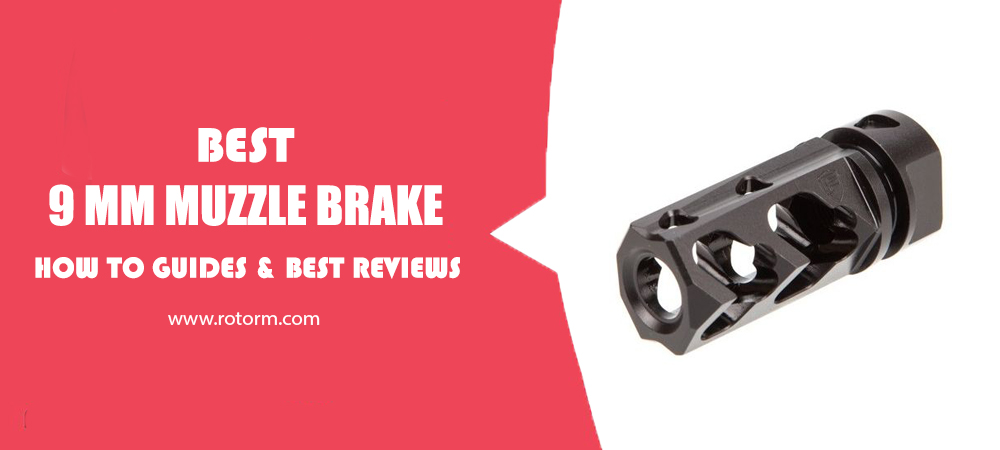

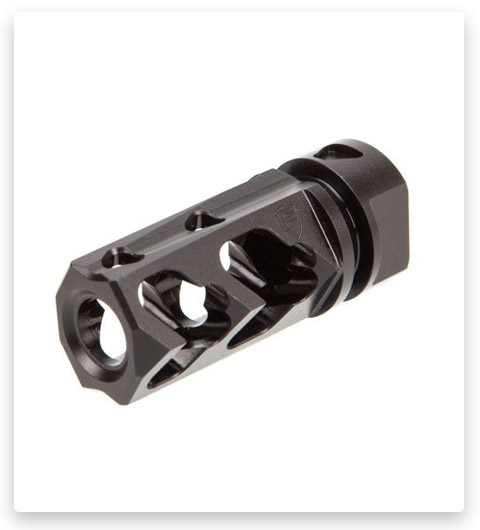

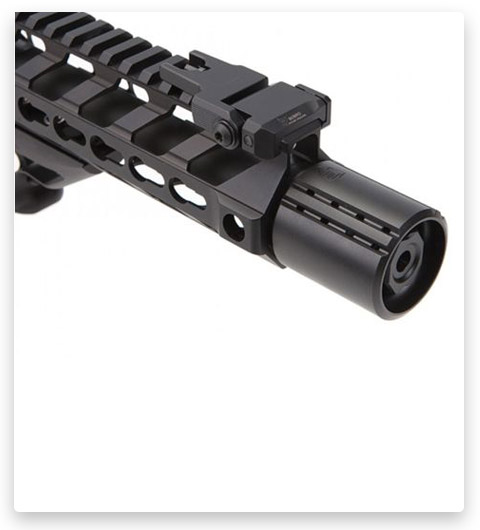
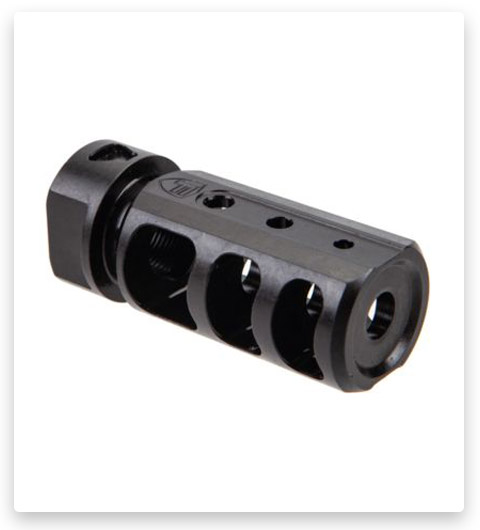
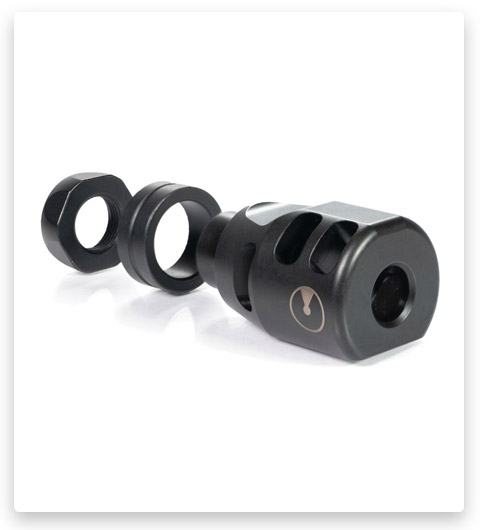
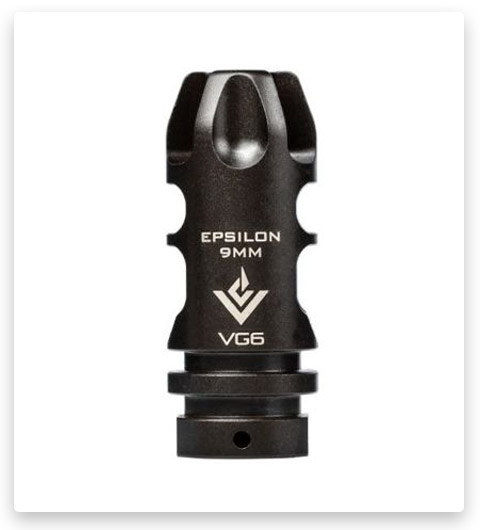
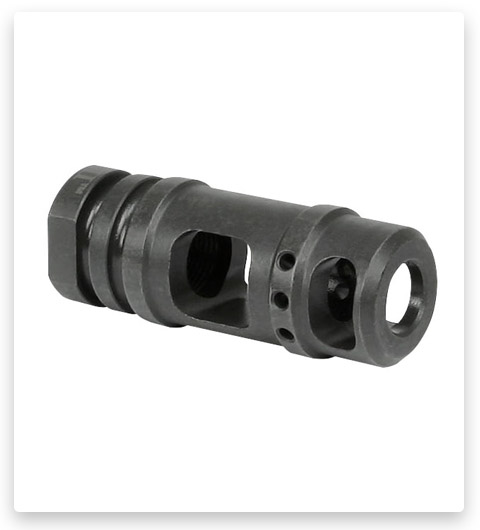
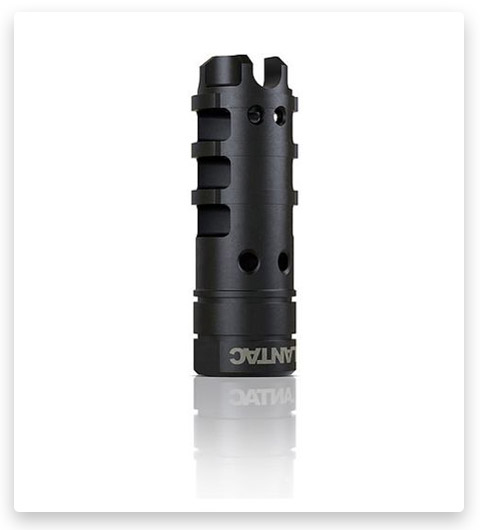

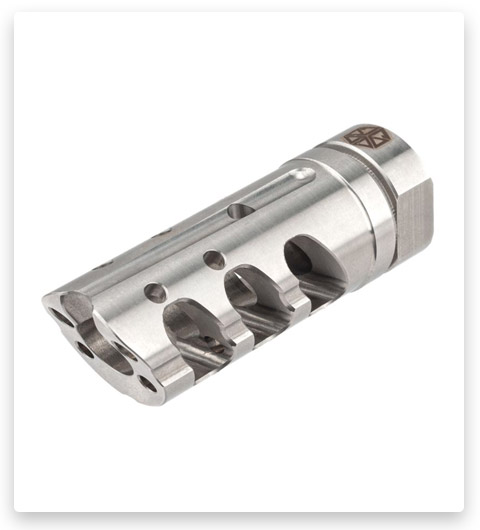
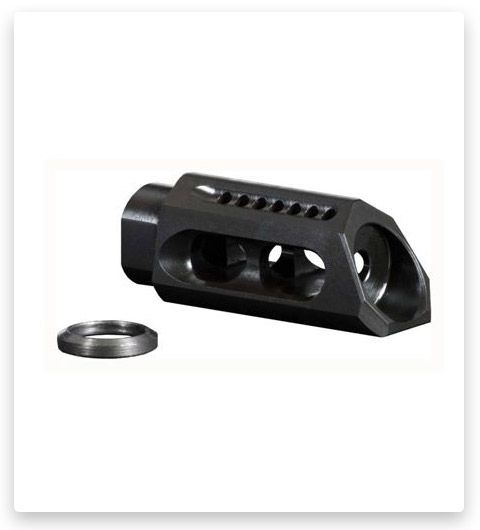
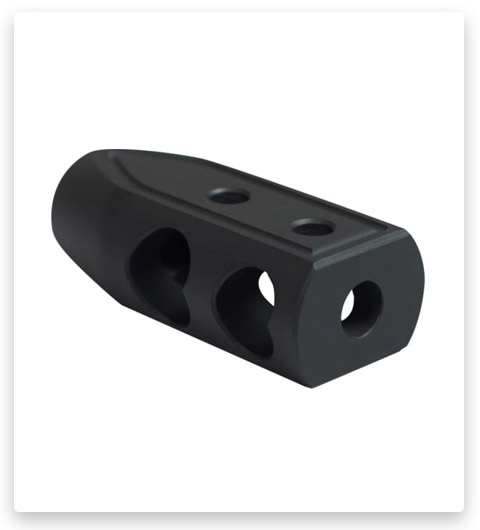
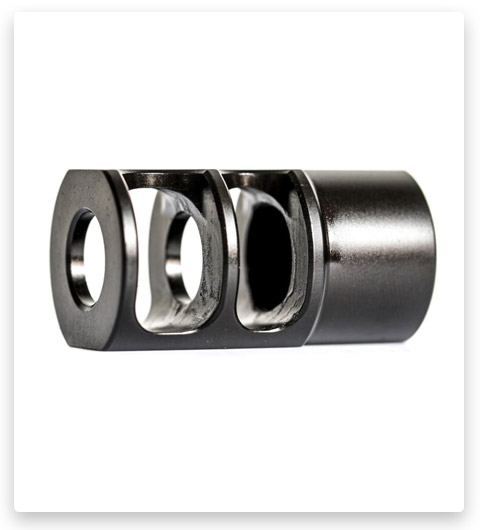
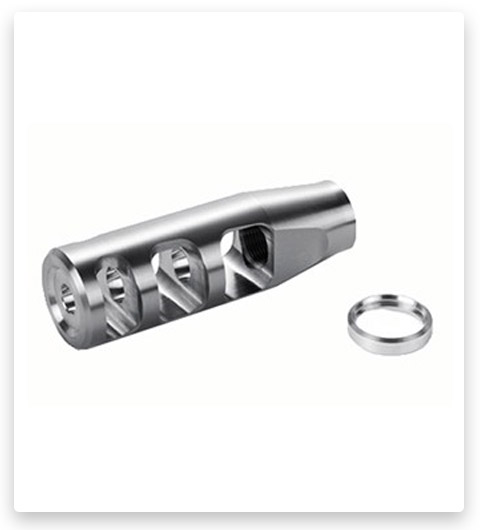

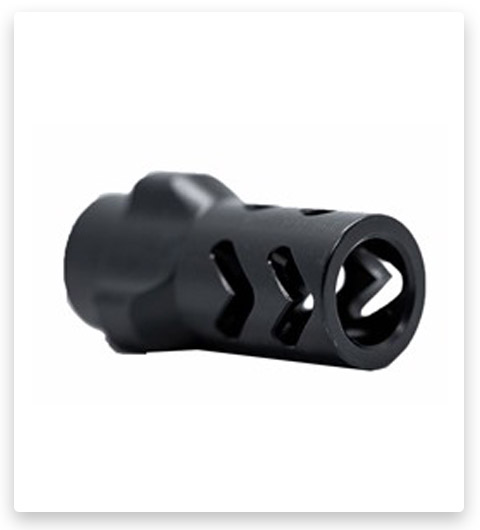
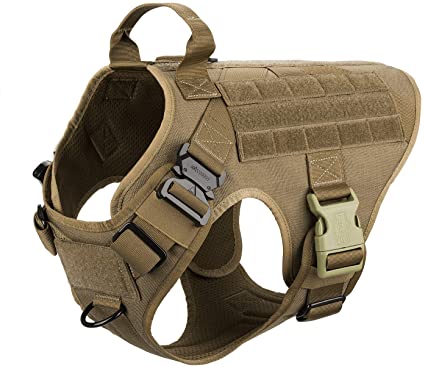
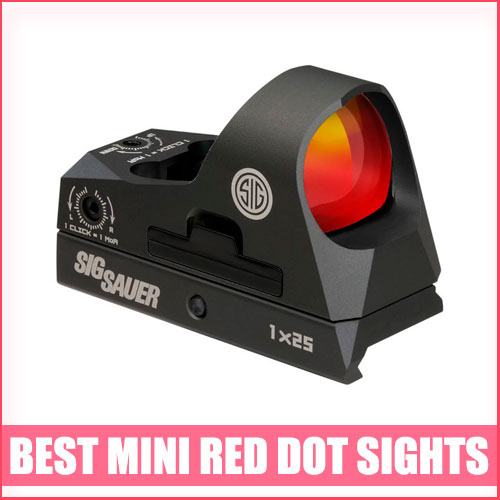

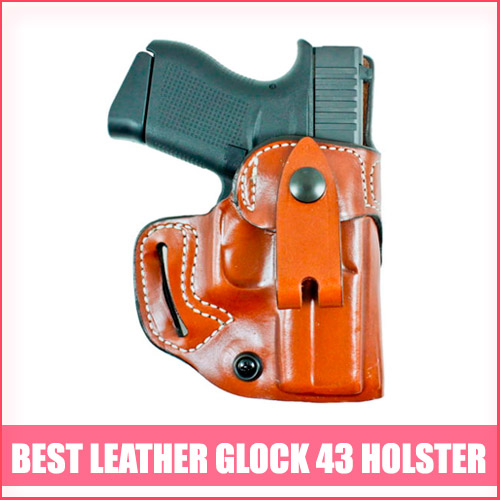
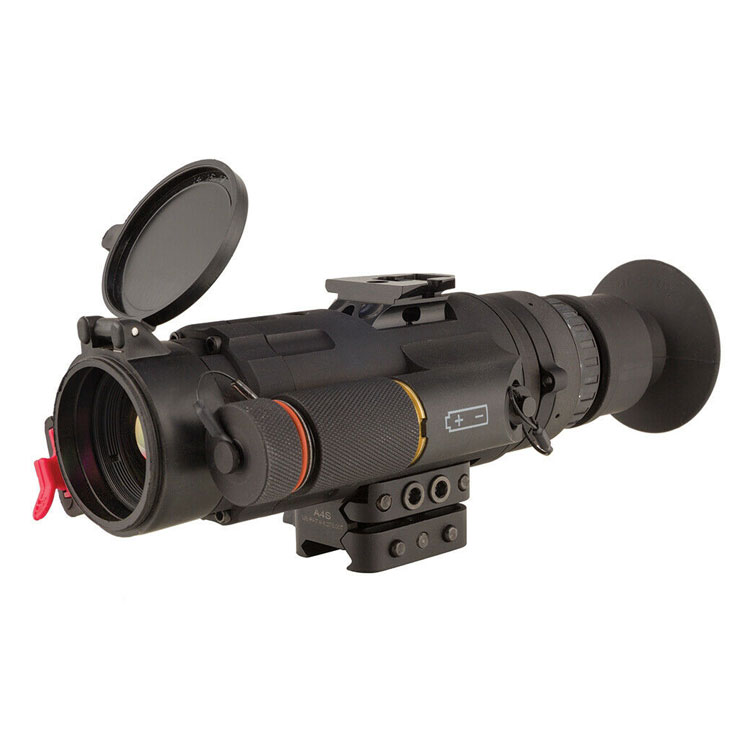

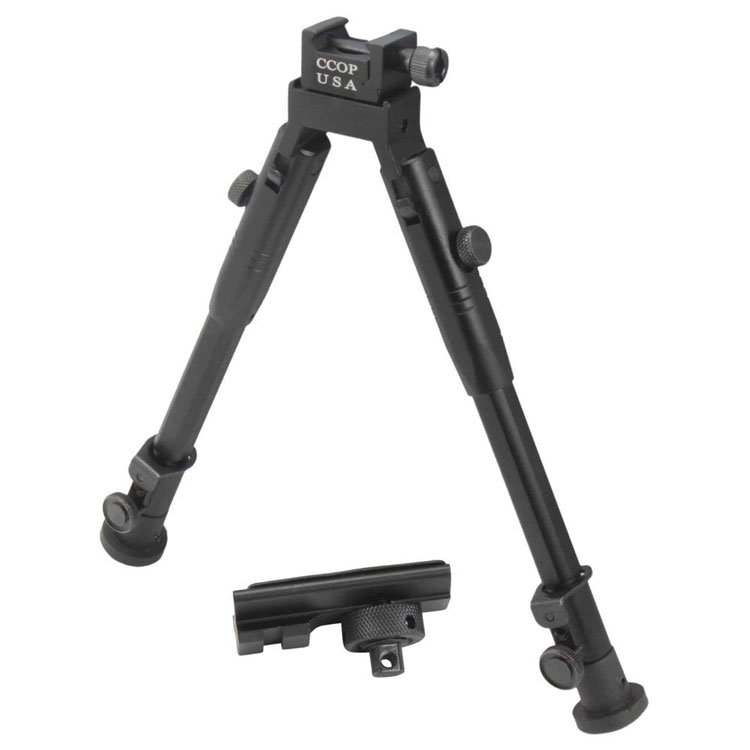
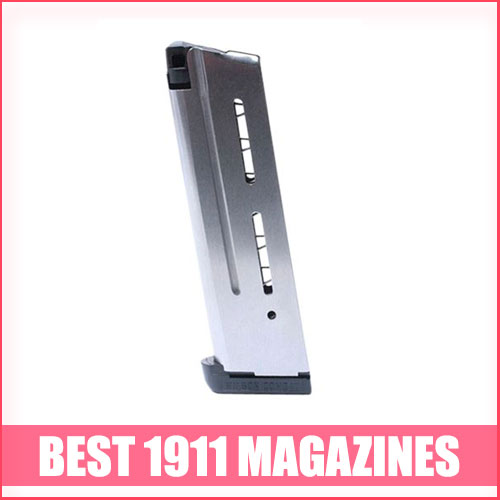
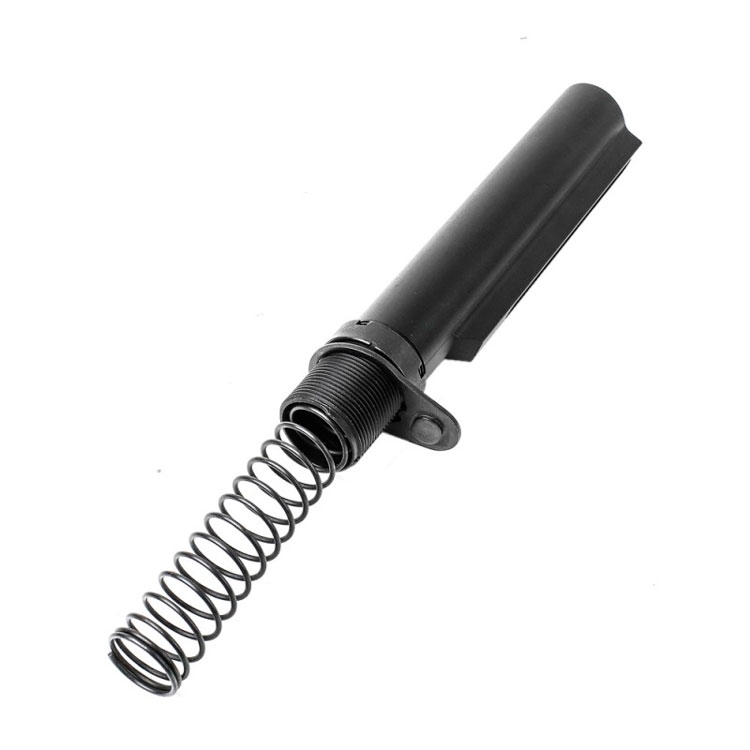
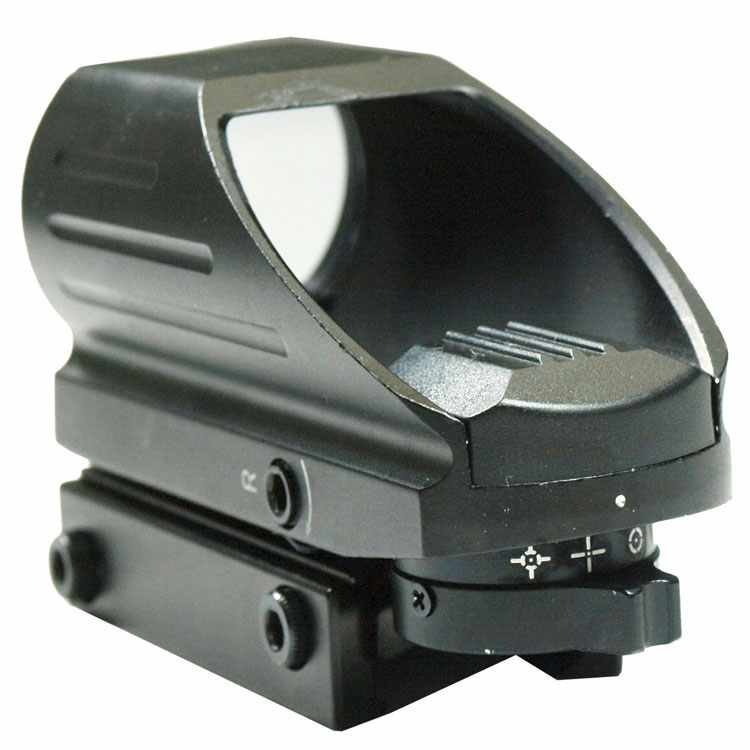
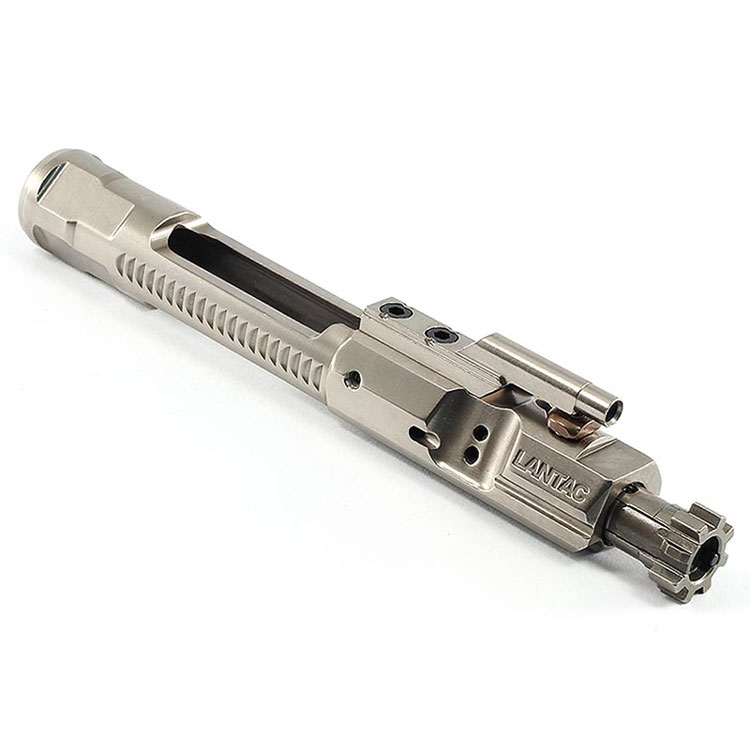

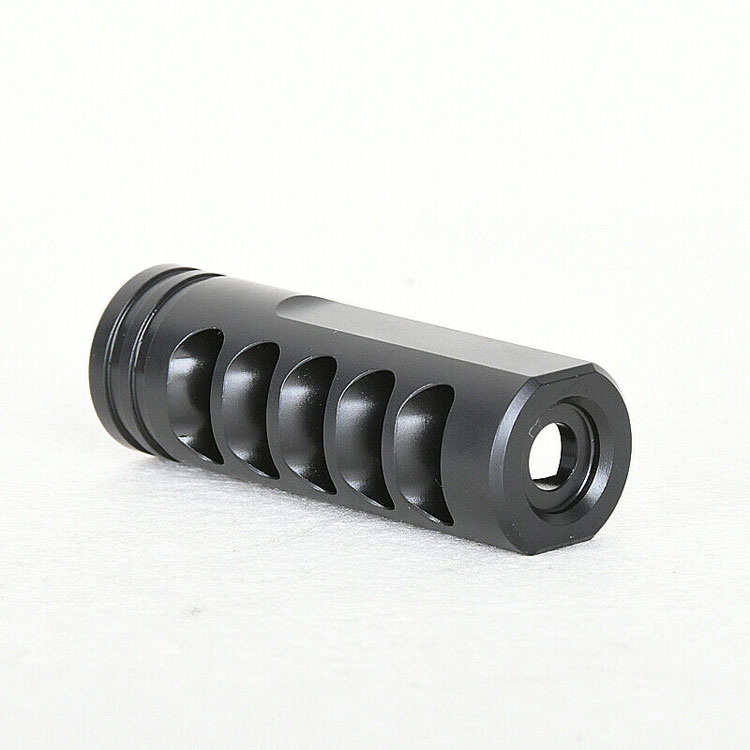
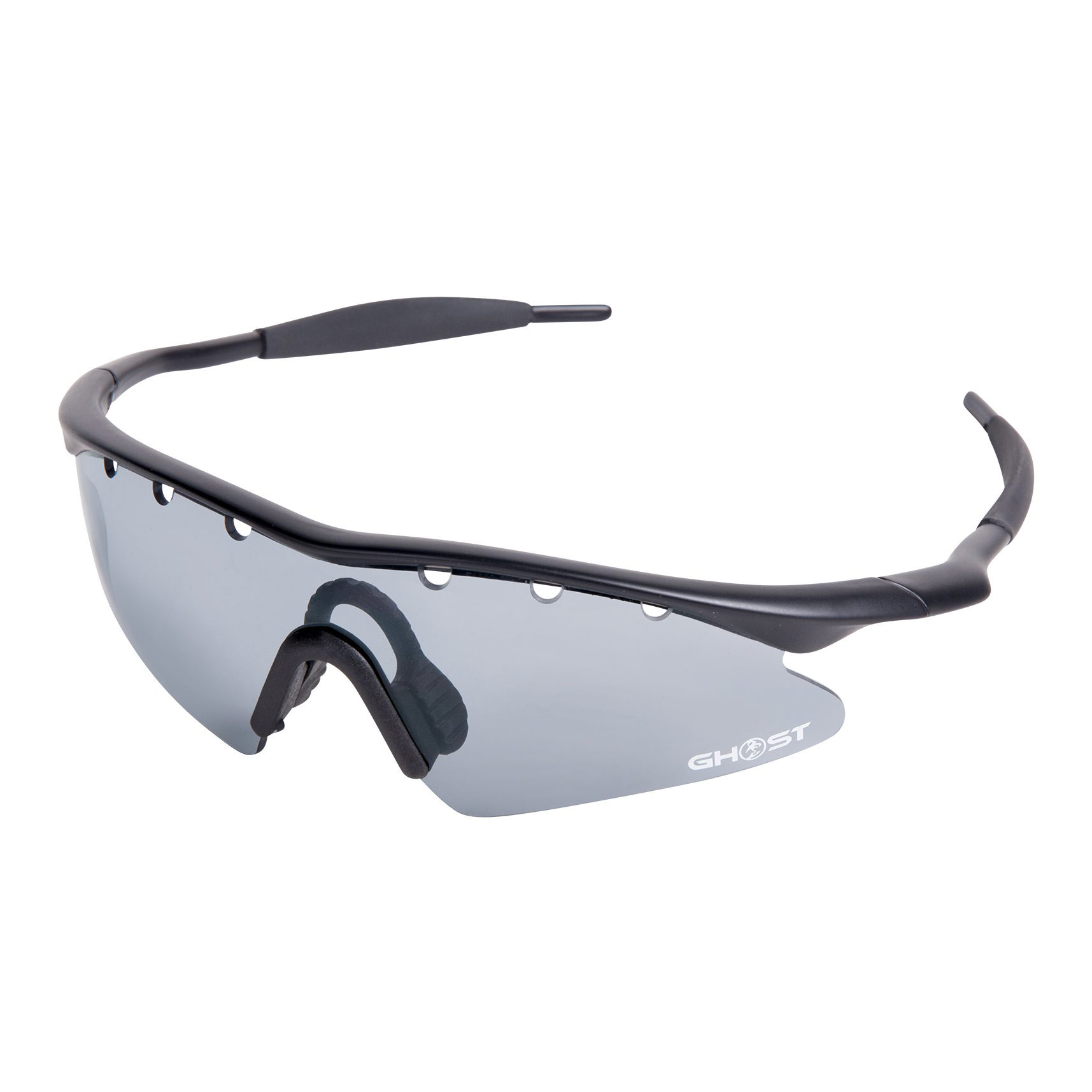
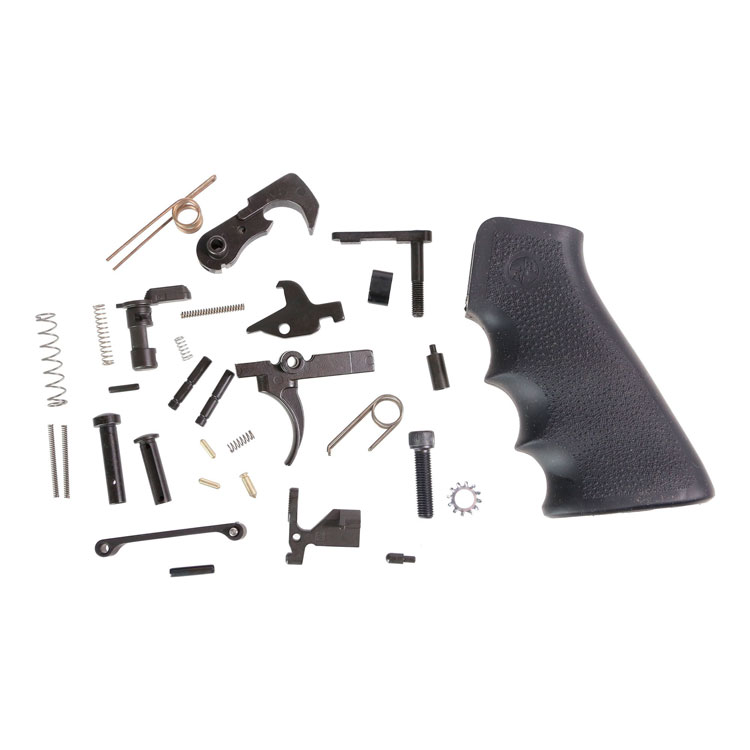
Hello. How many ports must be in 9mm muzzle brake?
The number of ports in a 9mm muzzle brake can vary depending on the design and manufacturer.
🟨 Typically, muzzle brakes for 9mm calibers will have between 4 and 12 ports, though some designs may have more. These ports are designed to disperse the gases from firing more evenly, allowing for better recoil control and less felt recoil when shooting.
📌 Additionally, the ports help to reduce noise output at the shooter’s ear by redirecting more of the sound away from the shooter. While some designs may require additional porting for certain applications, most standard models offer sufficient compensation for felt recoil reduction.
Hello. What to buy a muzzle brake or compensator?
The choice between a muzzle brake and a compensator depends on your specific shooting needs and preferences. Here are some factors to consider when deciding which option to buy:
✅ Recoil Reduction: Both muzzle brakes and compensators are designed to reduce recoil, but they work in slightly different ways. Muzzle brakes are primarily focused on reducing recoil by redirecting gases to counteract the rearward force. Compensators, on the other hand, are designed to mitigate muzzle rise by redirecting gases to counteract upward movement. If you prioritize recoil reduction, a muzzle brake may be more suitable.
✅ Muzzle Rise Control: If controlling muzzle rise and keeping the barrel on target for faster follow-up shots is your main concern, a compensator might be a better choice. Compensators are designed to mitigate muzzle flip and improve muzzle control during rapid firing.
✅ Shooting Discipline: Consider the shooting discipline you primarily engage in. For precision shooting or long-range shooting where recoil management is crucial, a muzzle brake can be beneficial. In competitive shooting disciplines that involve rapid-fire or dynamic shooting, a compensator may provide advantages in controlling muzzle rise and improving follow-up shot accuracy.
✅ Noise and Muzzle Blast: Muzzle brakes, due to their venting design, can increase the noise and muzzle blast experienced by the shooter and those around them. Compensators, while still producing some noise and blast, are generally designed to reduce the perceived blast and noise compared to muzzle brakes.
✅ Personal Preference: Ultimately, personal preference plays a significant role in the decision. Some shooters may prefer the recoil reduction offered by a muzzle brake, while others may prioritize muzzle control provided by a compensator. It’s recommended to try out both options, if possible, or seek opinions and experiences from other shooters to determine which aligns best with your shooting style and goals.
✅ Compatibility: Ensure that the muzzle brake or compensator you choose is compatible with your specific firearm model and caliber. Check the manufacturer’s specifications and seek advice from experienced shooters or professionals if you’re unsure about compatibility.
Using muzzle brakes may cause your fellow range goers to dislike you.
Compensators are designed to decrease the amount of upward movement of the firearm’s barrel during firing, while muzzle brakes mainly focus on decreasing recoil.
Is there anyone who uses a 9mm PCC muzzle brake that they believe works well in controlling recoil/bounce through gas porting rather than just being a heavy weight on the barrel? I’ve noticed some brakes with large ports being used, but I wonder if using a smaller port could make better use of the smaller amount of gas available. Has anyone tried using open pistol-type brakes on their PCC? I’m hoping to find a suitable brake to attach to my 16-inch Faxon that has 1/2″ 28 threads. I simply want to know if there is such a thing as the best purpose-built 9mm PCC brake.
Both JP and MBX are popular options. It is a matter of personal preference
My friend has a Lantac Dragon on his MPX and enjoys it. When I tried it, I noticed that it reduced recoil, making follow-up shots faster. Although I found the coda fury compensator on my MPX more preferable. As a result, my friend sold his Lantac and purchased a thread converted option to use the coda compensator on his MPX.
I decided to only try using computers with top output ports, as many reports suggest that other types of computers are not helpful.